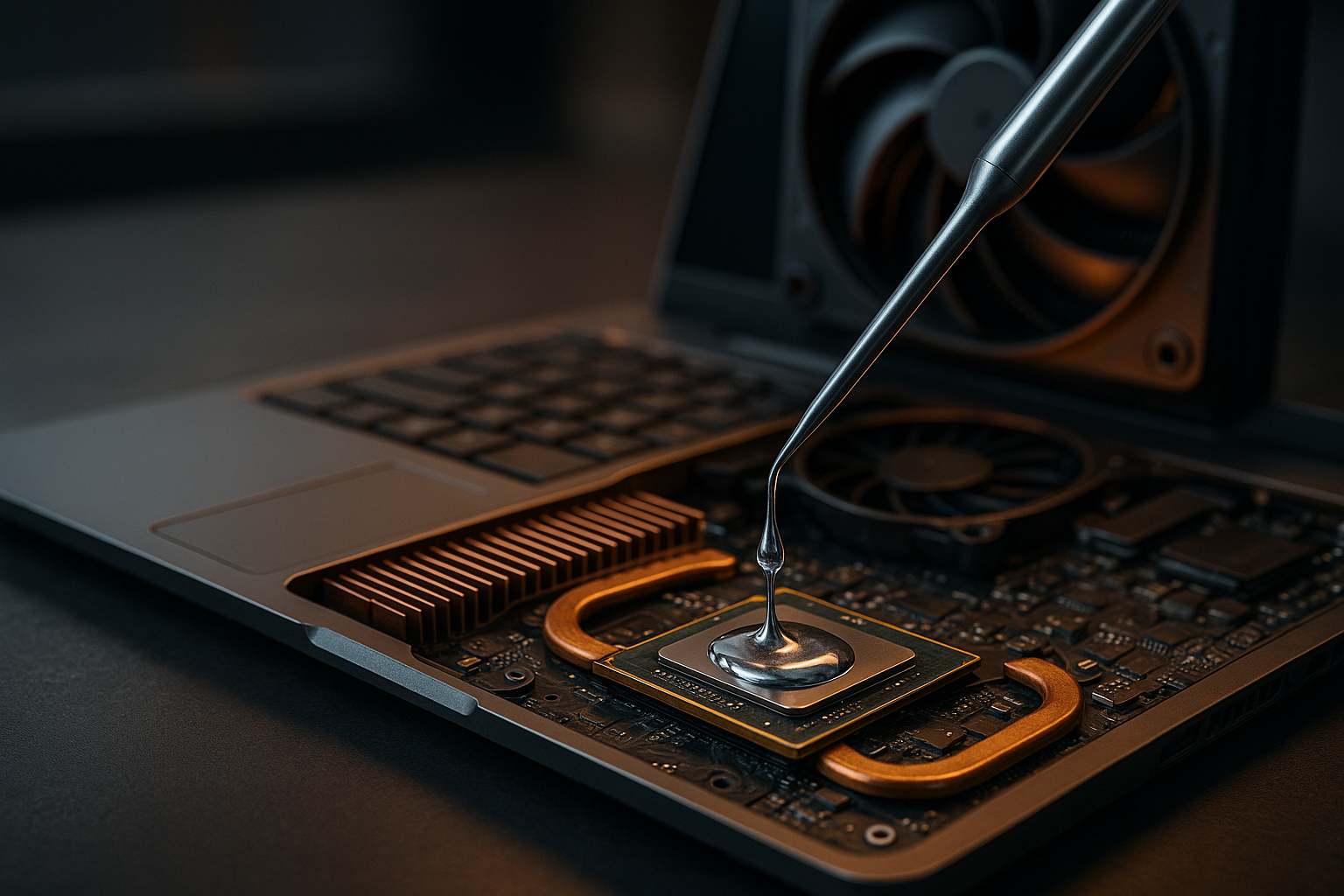Practical cooling and maintenance tips to extend device lifespan
Extend the usable life of your computers and electronics with straightforward cooling and maintenance practices. This article highlights practical steps for everyday care of laptops, desktops, processors, GPUs, storage, monitors, accessories, and networking gear to keep devices stable and reliable.

Electronic devices run longer and more reliably when heat and wear are managed deliberately. Regular cleaning, sensible placement, and periodic checks for software and hardware health reduce stress on components such as processors and GPUs, preserve storage integrity, and maintain battery performance. This article presents clear, practical measures — both physical and software-based — to reduce thermal loads, avoid compatibility issues with accessories and peripherals, and maintain networking and security settings so devices remain functional for years.
Laptops and desktops cooling basics
Positioning and airflow are the first line of defense for cooling both laptops and desktops. For desktops, ensure the case has unobstructed intake and exhaust fans, and route cables to avoid blocking airflow. Laptops benefit from elevated stands or cooling pads that allow air to circulate beneath the chassis. Replace or upgrade case fans when they become noisy or slow, and choose fans sized correctly for your case to maintain balanced air pressure. For both device types, avoid placing equipment on soft surfaces that trap heat, and keep ambient room temperature moderate to reduce the cooling burden.
Processors and GPUs: thermal care
Processors and GPUs are especially sensitive to heat over time. Check thermal compound between the CPU/GPU and heatsinks every couple of years; degraded compound can impede heat transfer and is inexpensive to replace with compatible thermal paste. Clean heatsinks and fan blades with compressed air or a soft brush to remove dust that forms thermal insulation. Monitor temperatures with reliable software tools and watch for sustained high loads that could indicate failing cooling components or poor ventilation. If using overclocking or heavy workloads, consider improved cooling solutions such as higher-quality air coolers or appropriately rated liquid cooling systems, ensuring compatibility with your motherboard and case.
Storage, batteries and upgrades
Solid-state drives (SSDs) and hard disk drives (HDDs) have different maintenance needs. Keep drives cool and avoid full-capacity operation on SSDs to preserve write lifespan; leave at least 10–20% free space for wear-leveling and performance. Schedule regular backups and run filesystem checks to detect early signs of failure. For batteries in laptops and other portable devices, avoid extreme temperatures and prolonged full-charge or zero-charge states when possible. Follow manufacturer guidelines for storage and charging cycles. When planning upgrades, verify compatibility for processors, memory, and storage interfaces so new parts do not introduce thermal or electrical mismatches.
Monitors, accessories and peripherals care
Monitors, keyboards, mice, and external peripherals benefit from routine surface and connector maintenance. Wipe screens with appropriate cleaners and microfibers to keep ventilation holes and stands free of dust. Inspect and clean ports for USB, HDMI, DisplayPort, and power connectors to prevent poor connections that can create electrical resistance and heat. For external accessories with their own power supplies or hubs, ensure they are ventilated and not stacked tightly. Replace worn cables and connectors to maintain reliable performance and reduce intermittent faults that can stress controllers in devices.
Networking, security and compatibility maintenance
Home and office networking gear—routers, switches, and Wi‑Fi access points—should be placed in open areas with some airflow and checked for accumulated dust. Keep firmware updated to patch security vulnerabilities and improve stability, but verify updates are from the device maker to avoid compatibility issues. Periodically audit connected peripherals and installed drivers to ensure compatibility with operating systems and security software. Use account and device passwords, enable encryption where supported, and segment networks for IoT and high-value devices to limit risk that could lead to repeated reboots or hardware stress from malware or misconfiguration.
Conclusion
Simple, regular maintenance and sensible cooling strategies combine to extend the usable life of computers and electronics. Prioritize airflow and cleanliness, monitor temperatures, maintain storage and battery health, and keep firmware and drivers current for compatibility and security. These habits reduce thermal stress and wear, preserve performance, and help devices remain dependable without frequent replacements or emergency repairs.





